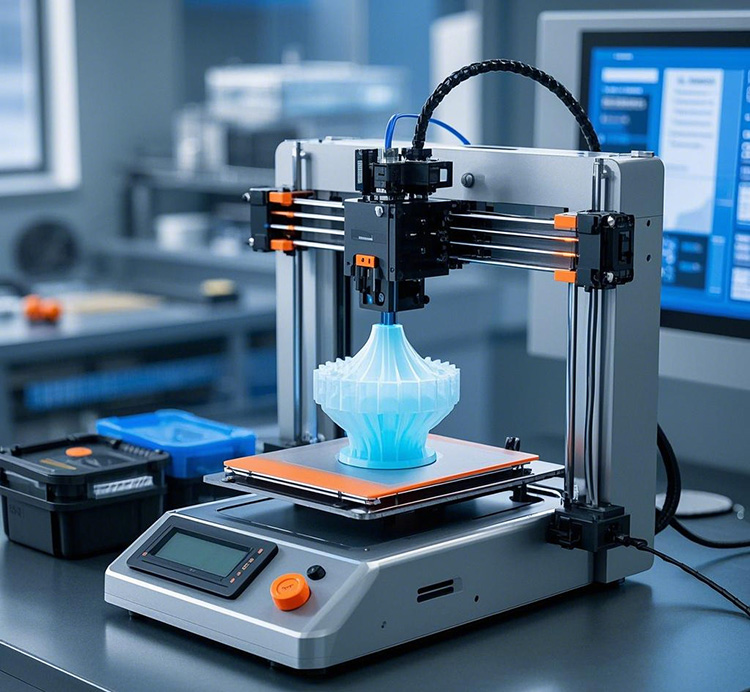Transforming beverage shop packaging bags into tote bags or woven bags is nothing new, but have you ever seen luxury-brand bags produced using 3D printing? Recently, printing designer handbags at home has become the latest trend among 3D printing enthusiasts. At the same time, more and more people are purchasing 3D printers to satisfy their DIY hobbies, and some have even turned this into a creative business by selling their prints through online stores or market stalls. Behind the growing popularity of household 3D printing is the rise of an entire cultural and creative industry chain, from raw materials and machines to production and sales.

3D printing is a rapid prototyping technology that creates three-dimensional objects by adding material layer by layer, based on digital model files. From decorative items to everyday essentials, almost anything reflecting people’s interests or aesthetic preferences can be realized through 3D printing—”if you can think it, you can print it.” Among the current 3D-printed items, “replica” designer handbags are particularly popular. Enthusiasts claim that as long as the digital model is detailed and high-quality, the resemblance to the original bag can be nearly 100%. Take the classic Chanel quilted flap bag as an example: from its finely textured body to the iconic logo and even the gold chain strap, all can be replicated effortlessly with 3D printing.
After purchasing her first 3D printer in 2022, the author quickly became engrossed in the craft. She started by following online tutorials to practice, then moved on to designing her own digital models. Now, she has launched her own original 3D-printed product store on social media, mainly selling small items like phone cases, pendants, and necklaces.
Producing 3D-printed products requires a combination of machinery, materials, and models. The author initially purchased the Bambu Lab X1 series high-speed multi-color 3D printer from the Chinese brand Bambu, which came with an Automatic Material System (AMS), costing over $1400 in total. “Once you buy a 3D printer, be prepared for ongoing material expenses,” she notes.
The primary materials used in 3D printing are PLA (polylactic acid) and TPU (thermoplastic polyurethane). PLA is an eco-friendly, biodegradable plastic with lower strength and heat resistance, making it suitable for decorative items.
On the supply chain side, the 3D printing industry is already well-developed. Take Bambu as an example—it has launched multiple printer series, including X1, P1, and A1, catering to users with different budgets and skill levels. Additionally, Bambu offers a wide range of 3D printing materials and accessories. To attract more users, the brand has also developed the Bambu Handy app, where experts share free models and tutorials, providing an “open-source community” for beginners.
On the production side, 3D printing enthusiasts have turned their hobby into a cultural and creative business. Beyond selling their work on social platforms and online stores, some have set up 3D printing market stalls and livestreams. At creative markets, custom 3D-printed products draw many customers. Meanwhile, livestreamers showcase the real-time printing process, answer viewer questions, and interact with their audience, expanding their sales channels.
According to industry experts, the growing popularity of 3D printing is mainly driven by the rise of personalized and niche markets. Consumers increasingly seek cultural and creative products, such as designer collectibles and customized merchandise, providing a vast market for 3D printing. However, experts also warn that when replicating branded products, copyright laws must be respected. Any commercial sales, whether online or at market stalls, must feature original designs.
Leave a Reply